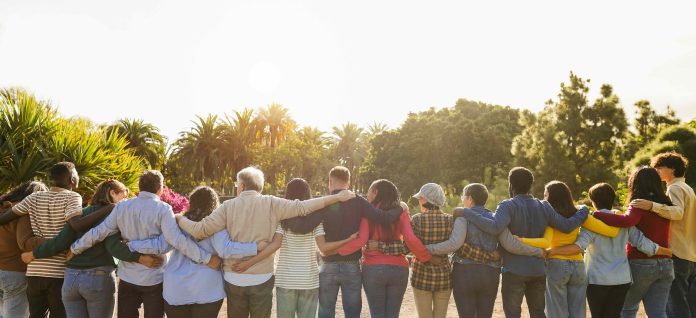
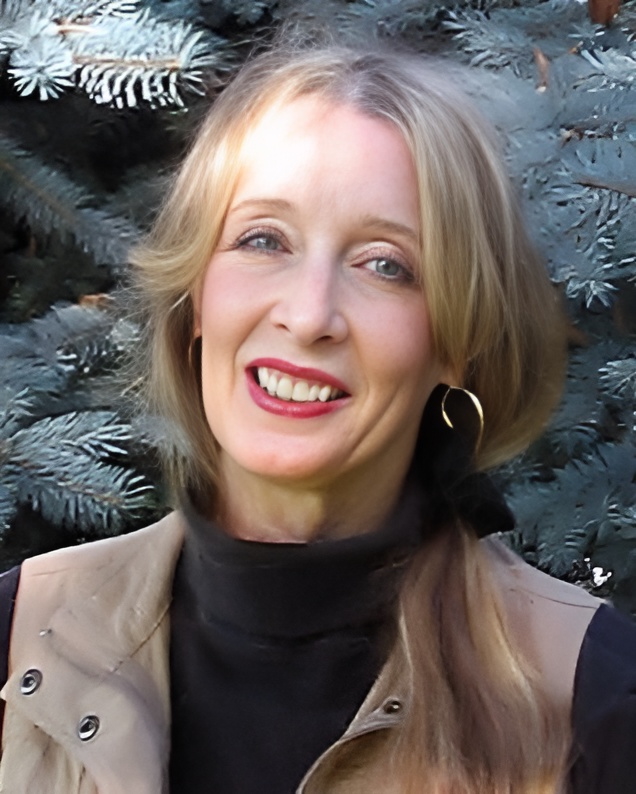
More and more these days, we Americans are losing our sense of connection and community. In 2023, former US Surgeon General Vivek Murthy reported an epidemic of loneliness and isolation. This year, the American Psychological Association warned of a crisis of disconnection in the country. And with all the recent changes, I hear my neighbors in Los Gatos complaining that we’re losing our small-town sense of community.
Yet we need community. Connecting with the people around us brings us a sense of home, belonging and trust in our world. Positive relationships are essential to our emotional and physical wellbeing. A recent report by the Harvard Study of Adult Development found that strong relationships keep us healthier and happier, enabling us to live longer, more fulfilling lives.
Czech political leader Vaclav Havel once described the sense of home as a multidimensional experience in which we’re surrounded by expanding circles of connection from our families and close friends to our neighborhoods, towns, workplaces, countries and the wider world.
Today, for multiple reasons, some of these circles of connection are eroding away. Many of us spend more time with our electronic devices than relating to the people around us. Psychologist Jean Twenge discovered a dramatic increase in loneliness and anxiety among teenagers that coincided with their increasing use of smartphones and social media. And the years of isolation during the Covid-19 pandemic further eroded these circles, contributing to the alienation, polarization and political discord that threatens to undermine our democracy.
By contrast, becoming part of a supportive community can bring us shared resources, collective wisdom and a heartfelt sense of connection.
I learned about this years ago while traveling by train through Italy. It was getting late when the people in my compartment discovered that the dining car hadn’t been connected at the last station, which meant we’d go without dinner. But then, the German woman and her daughter sitting across from me offered to share their cheese and fruit. The Polish woman beside me produced salami and a jar of sparkling strawberry jam. I brought out a loaf of bread. And a young French student shared his bottle of wine. Together, we created a picnic dinner. Sharing food and stories, that night we became a community. In all my travels, I don’t remember a single meal I’d eaten in a dining car, but I still recall the joy when five strangers shared an evening meal together while in motion.
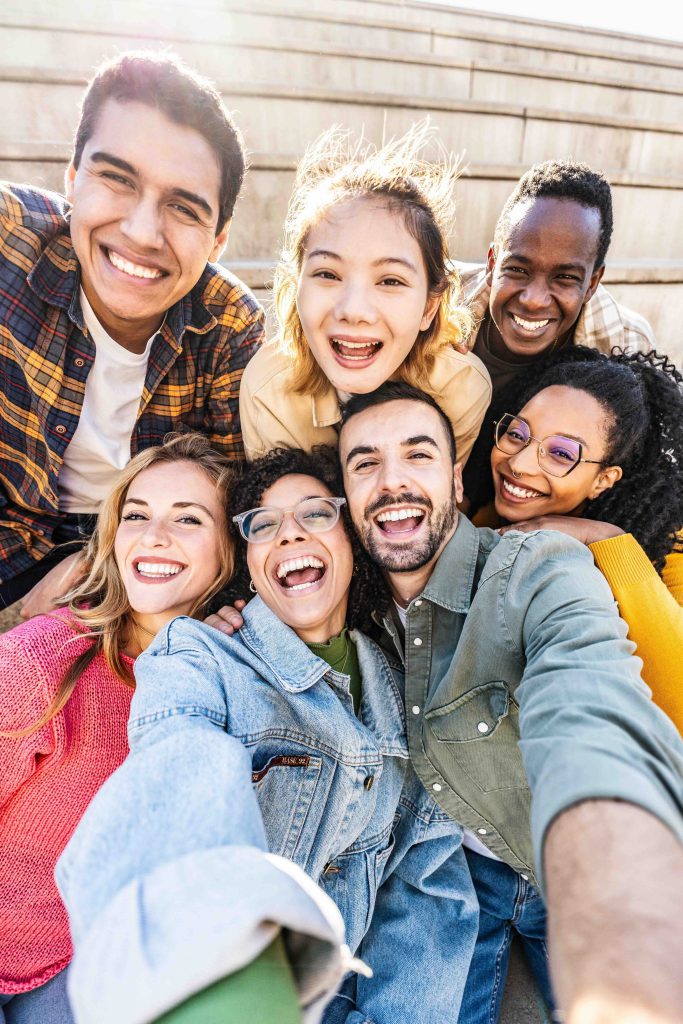
(Shutterstock)
Today, each of us can help recreate the joy of community by reaching out to connect with the people in our lives. This includes not only our loved ones and close friends, but the expanding circles of our neighborhoods and beyond. It could involve joining a group at our local community center, church or synagogue. It might mean volunteering for a cause we believe in. One of my friends who retired from a career in real estate now volunteers helping people learn to read.
We can also begin building community by reaching out to people we see each day with brief moments of connection. This could be a smile or kind word to a neighbor, colleague or the grocery store clerk. Psychologist Barbara Fredrickson has found that these sorts of interactions can benefit both the giver and receiver. They raise our mood, relieve stress and reduce inflammation. And these small connections can create a positive ripple effect, building a stronger community all around us.
If you feel the sense of community has been missing from your life, you can begin rebuilding it. Just start reaching out to others, one small action at a time.
____________________________________________
Diane Dreher, Ph.D., is professor emeritus and associate director of the Applied Spirituality Institute at Santa Clara University. She will be sharing insights at a signing for her new book, Pathways to Inner Peace (MSI Press, 2025), at Beyond Text on Dec. 1 at 6:30 pm.


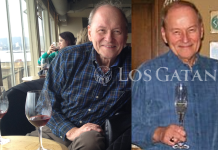
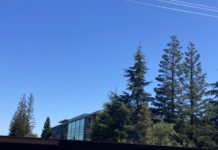






Love the story about the train! This article is so deeply true. Thank you!